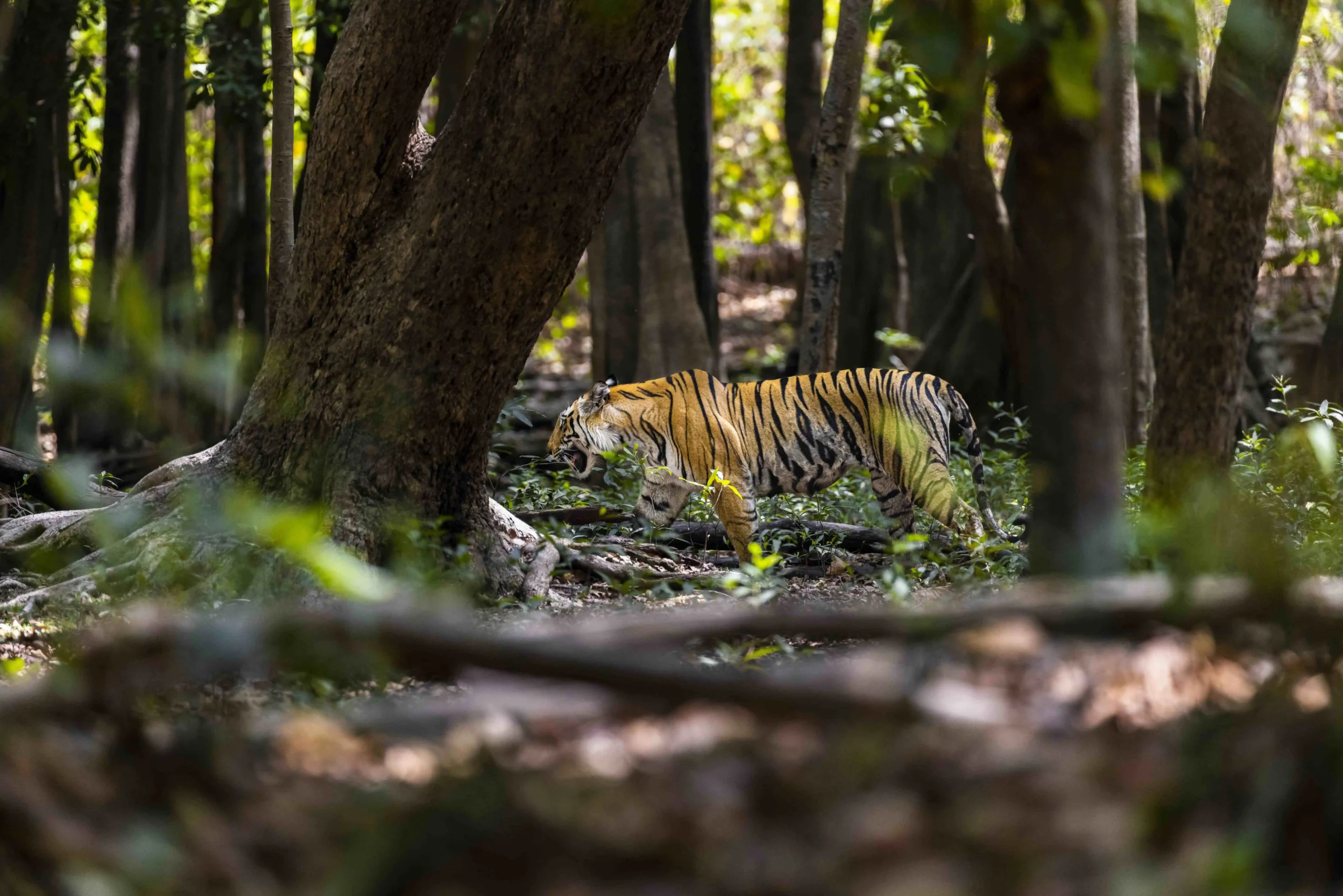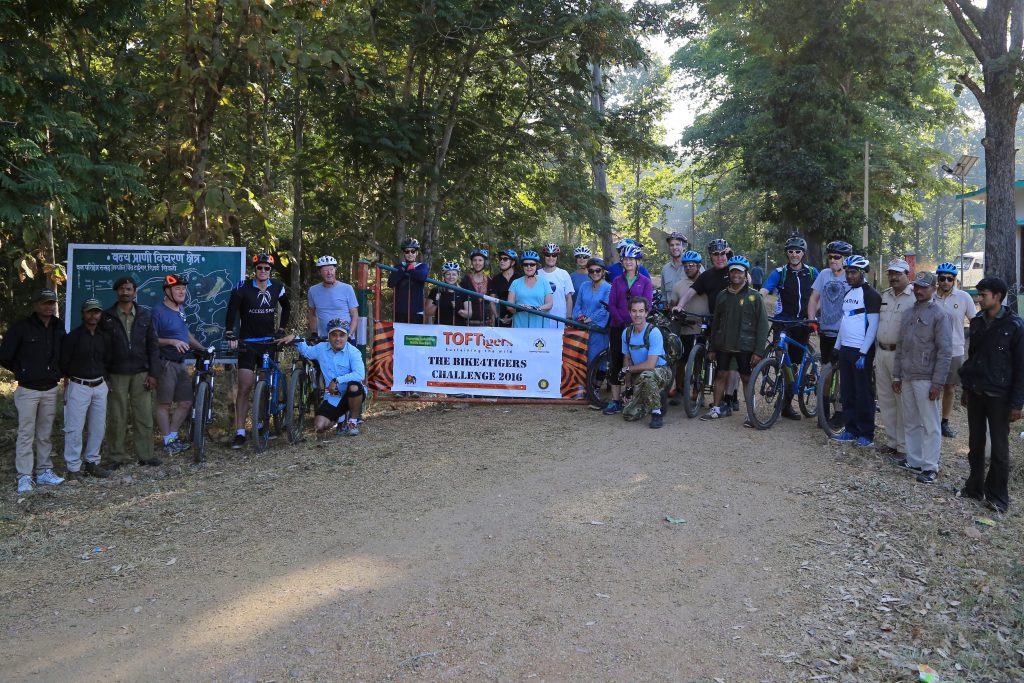How often do we realise that after a holiday in the wilderness, we return to our home grounds armed with learnings, perceptions, reasoning and knowledge about nature? The list of learnings is long with some incredible sightings. We start cherishing those days; missing the alarm calls, the unique variety of birds and animals, the calm, mysterious forests. We then spend our days back home, day dreaming about our safari experiences. And if we got lucky and spotted tigers on our safari, then those memories last a lifetime.
To keep these memories alive, one of the best ways is to freeze those moments on our candid cameras. But clicking a photograph randomly and focusing on the creative side of photography, are two different aspects, which differentiates a basic photograph from a good one.
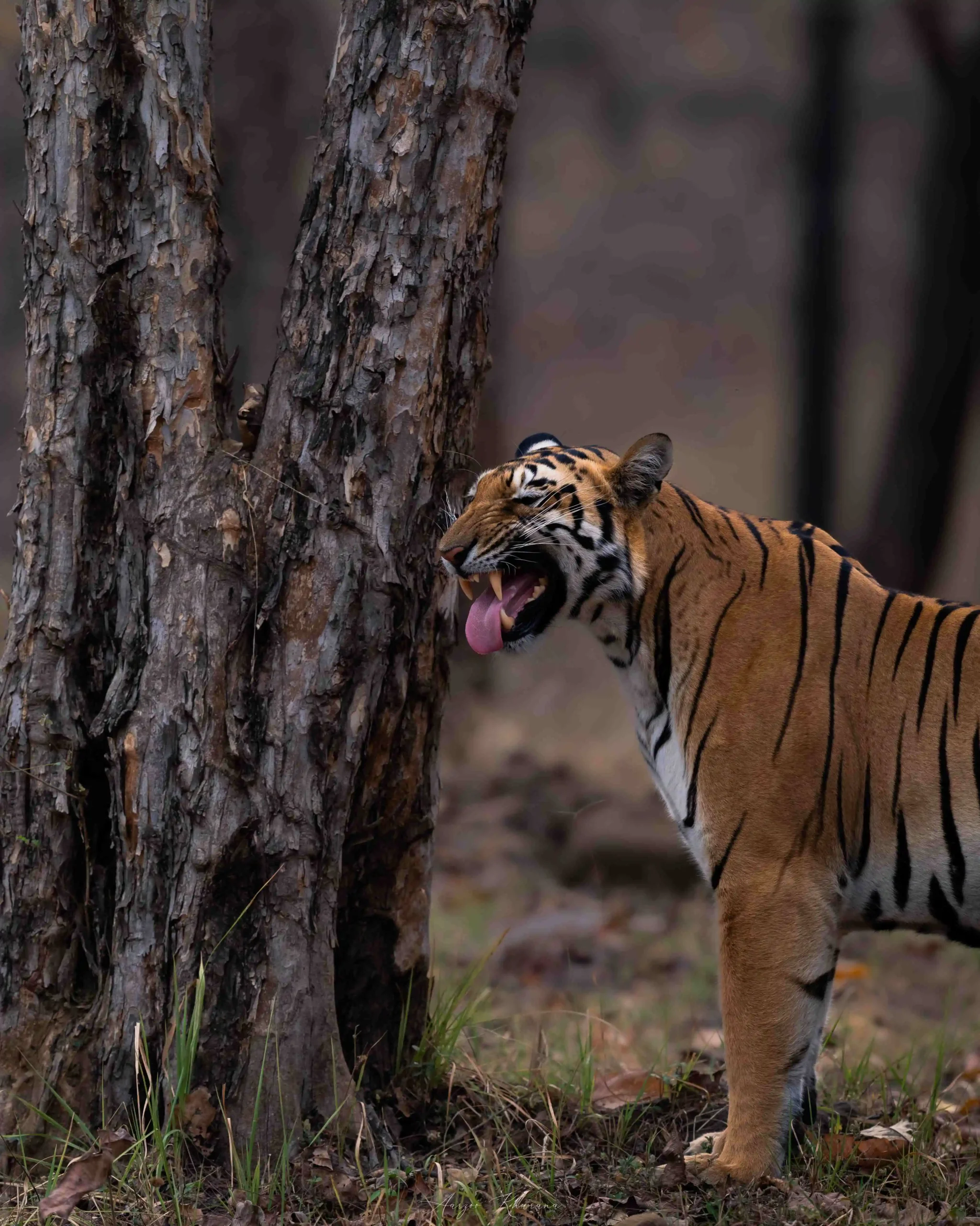
To be a good photographer, we need to follow the following tips to enhance our chances of tiger sightings and ensure good photography opportunities and skills.
6 Tips for the best Tiger Photography in India
1. Book or Hire an Experienced Naturalist:
The most common mistake we do while booking our wildlife holidays is to neglect the importance of having an experienced naturalist onboard. The word ‘naturalist’ refers to a person who has studied and is well acquainted with plants, animals, and wildlife, and has good skill sets and knowledge about the natural world. They are skilled trackers and spotters, who can interpret the ways of the jungle
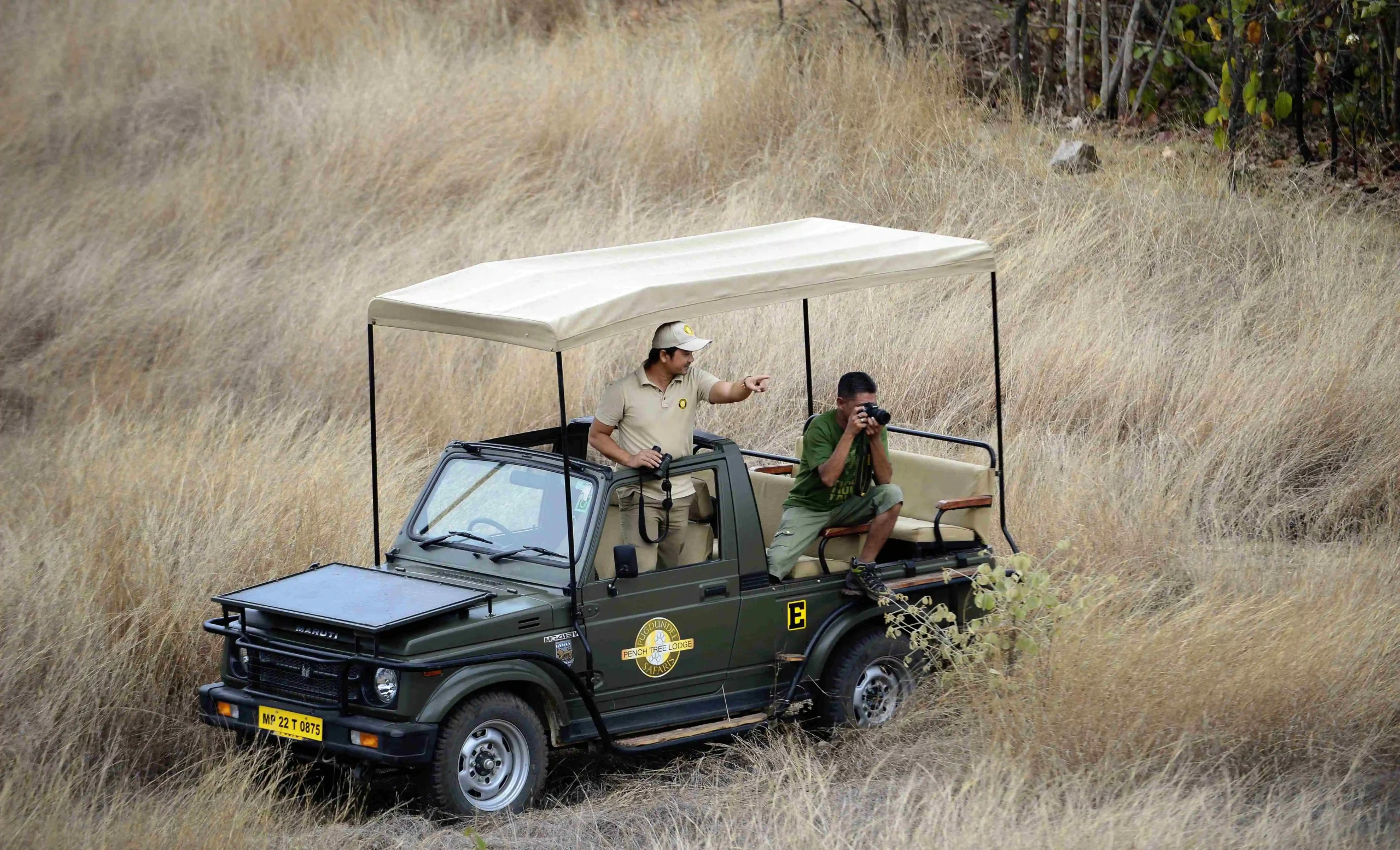
They have acquired deep understanding about wildlife and its denizens from frequent visits to the national park. They are familiar with individual tiger territories, their favoured hot spots, waterholes, caves, nature trails and hunting grounds. These experiences of their previous sightings help to predict and narrow down the search to the right areas.
They even know where to position the safari jeeps to get you the right angles for photography. So, make sure you avail their services available from the lodges you stay in.
At Pugdundee Safaris we run our own Naturalist Training Programs every year for both in-house naturalists, and budding naturalists to hone their skills on identification, guiding techniques, tiger tracking proficiency, grooming and first aid. They learn the tricks of the trade, not only for big cats but are also equipped with vast knowledge on birds, trees, butterflies and insects.
Therefore, under the able guidance of these naturalists your wildlife safari experience becomes a truly exclusive and exceptional one.
2. Photography Gear
There are many basic, semi-professional, and professional cameras available for photography in the digital world. The choice lies with you.
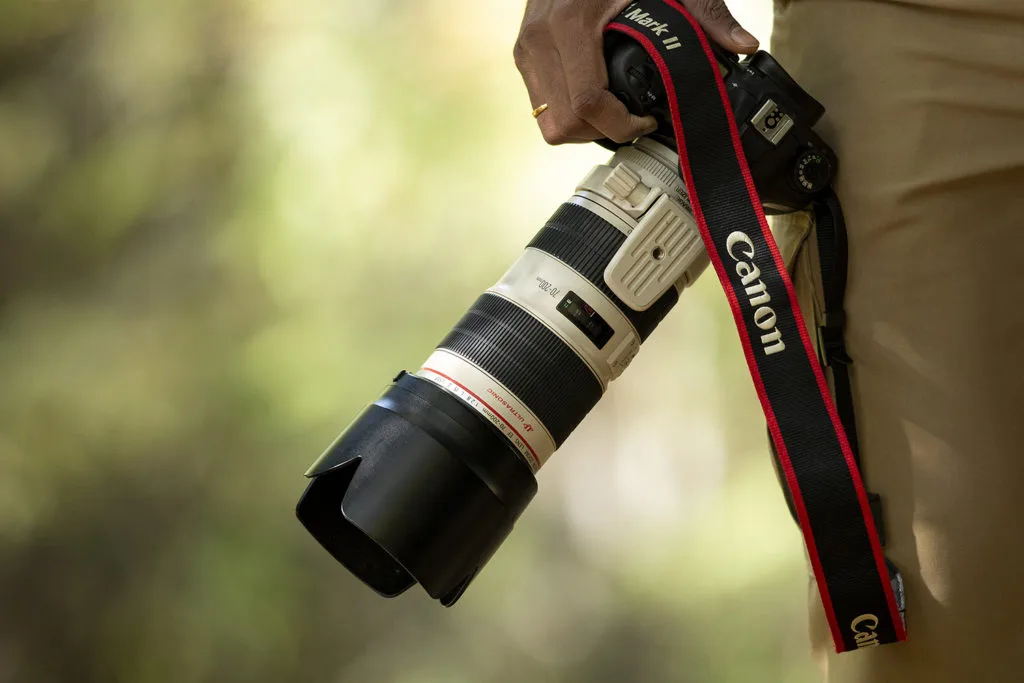
Some find basic compact cameras, iPhones, mobiles, and digital prosumer cameras (with good zoom range) handy for wildlife and travel. Additionally, it also saves for an extra baggage ticket. If you are an amateur, this should work for you. But for a professional photographer, it might just be alright to flick some dollars for extra baggage for a holiday that gives you exceptional pictures.
Tiger photography lenses with a good zoom, varying from 70 – 200 mm, 200 – 500 mm, or even fixed primes like 300 and 400 mm will solve most of your purpose. A camera body with good low-light performance will be an added advantage at dawn and dusk, while a faster frame rate will enhance your chances of freezing action.
Carry a monopod instead of a tripod to occupy less space. You could even ask the lodge to provide bean bags for your game drives.
3. Jeep Safari Options
With Pugdundee, you get the option to book an exclusive or shared safari. An exclusive safari will provide you more space to move around the jeep easily if you are 2 to 4 pax. This will assist you in your photography much better. Normally 6 tourists can accommodate and do a safari with a driver and guide, which totals to 8 pax in a shared safari.
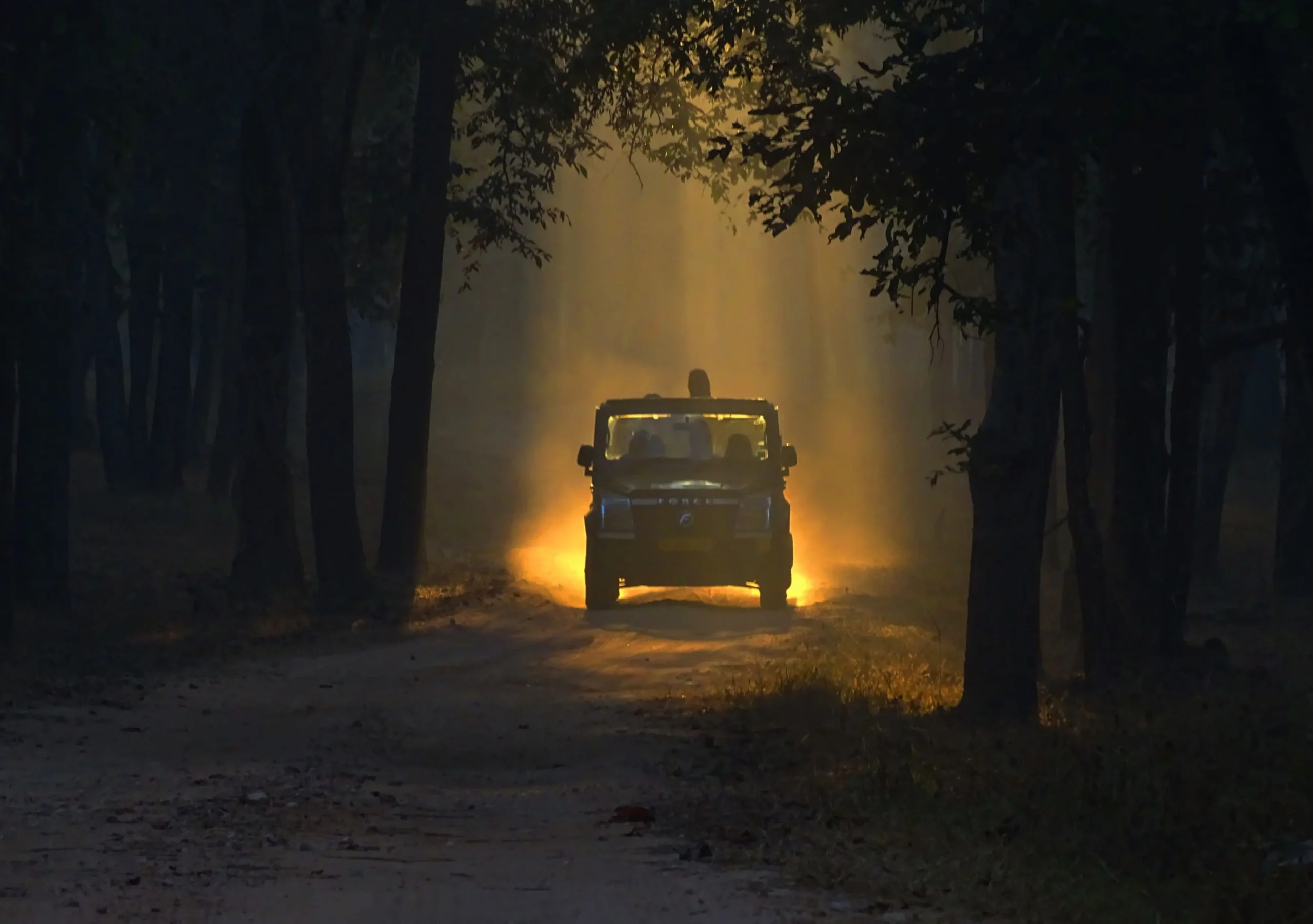
If you are a couple, and opt for a shared safari you might not get the privilege of a private safari. For more details please contact our trip curators at Pugdundee Safaris to guide you better. [email protected] Call us at:+91-11-40146400
4. More the Safaris, the Better Your Chances
Traveling to India or within India is not a weekend trip for most of us. It happens only when we have longer holidays, or extended weekends, in hand. Therefore, keeping only a day or two for a tiger safari in our itinerary does not suffice. Thus it may lead to disappointment if we don’t sight a tiger during our short trip. The problem is we mostly overlook the simple fact that the apex predator is shy and elusive by nature. Plus being territorial, they can be anywhere hiding in their dens.
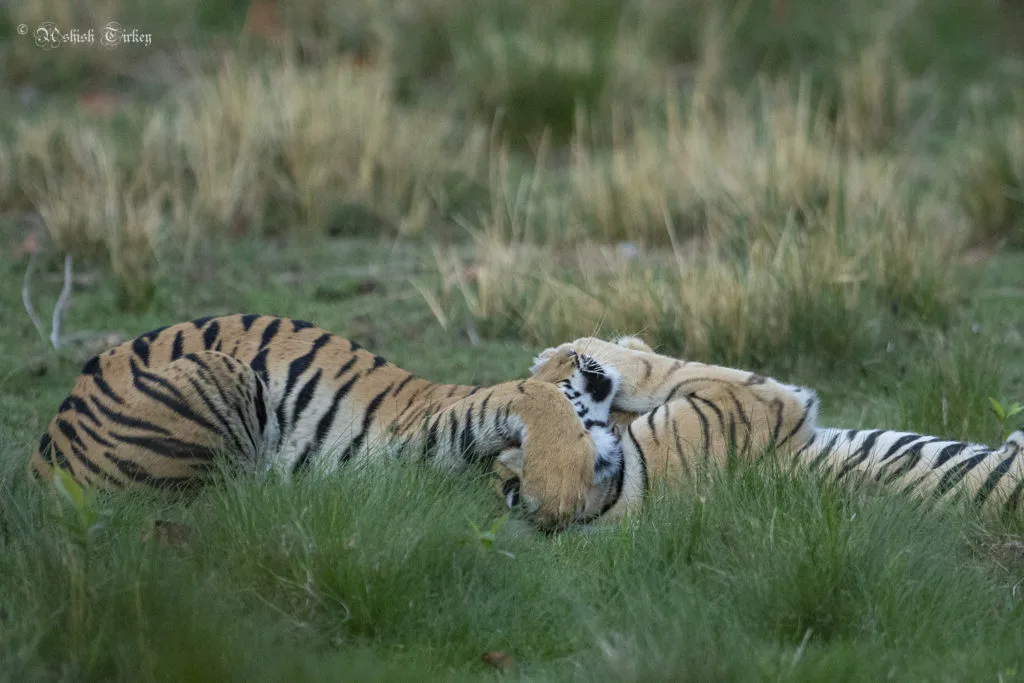
Therefore, if you wish to increase your chances, you need to spend more time in their domain, which means doing at least 5-6 safaris or booking 2 full-day safaris in one national park. You may even consider mingling different zones for safaris, to see different tiger habitats, thereby broadening your photographic opportunities.
5. Patience is Key
Finding tigers in their lair requires patience and more often than not, a lot of it. You might be fortunate to find one on your initial drives, or unexpectedly cross paths with one, but this does not happen always. The fun is in enjoying the entire process of tracking these elusive animals.
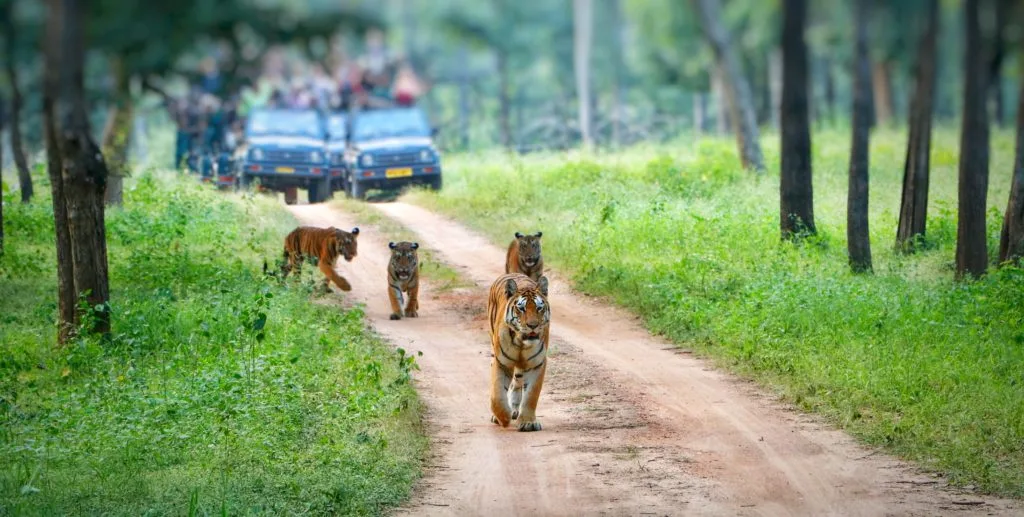
You need to follow signs and clues of the jungle in the form of alarm calls, fresh pug marks, previous sightings, etc. Your naturalist and park guide may anticipate their whereabouts and even halt near waterholes, meadows or crossroad junctions for alarm calls. They might also stop to speak to other jeeps for any other location to look out for. Or even go searching in the same area again and again. Though it seems tedious, but all this effort might lead you to a wonderful sighting.
And for that, you need to keep a calm demeanor at all times without losing your patience and faith in Mother Nature. She unfolds her mystery surprisingly when you least expect her to.
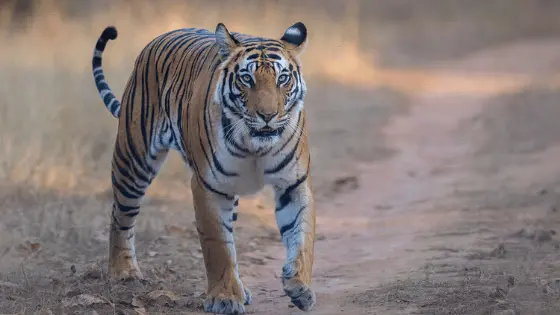
In the meantime, you might also utilize your waiting time by doing some birding, discussing tigers, and conservation efforts, and learning about other hidden treasures of the park with your naturalist and guide.
6. Be Creative
What’s the first thing that happens when we see a tiger?
Well, most of us are stunned by the sight and might immediately take out our cameras and rush in to click or press the shutter buttons. The adrenaline rush, thrill, and excitement that one goes through are enormous. We start to photograph without even caring about camera settings, proper focusing, and good composition.
It’s true that we might miss out on one or two photos initially, but by ensuring every setting on the camera is in place, and using a bean bag/monopod we can take a sharp photo and can complete our will of tiger photography. This is far better than going back home with some shaky photos and regretting this later.
Tigers walk leisurely and give us ample amount of time to photograph them if they are not rushing to cross the road that is. This also happens, provided we give them space, maintain a reasonable distance, and don’t make noise. Sightings can last very long in that case.
If you have watched tiger documentaries, and online videos and followed photography groups on tigers, you will be familiar with their behavior and stance.
In fact, your naturalist and guide will also help you to be prepared for the next move of the tiger, through their soft whispers. Use that tip to think ahead, pre-visualize your shot and click! Be creative, get as low as possible on your jeep (for eye-level perspectives), change angles, zoom in or zoom out, and juxtapose or include the habitat in your shot.
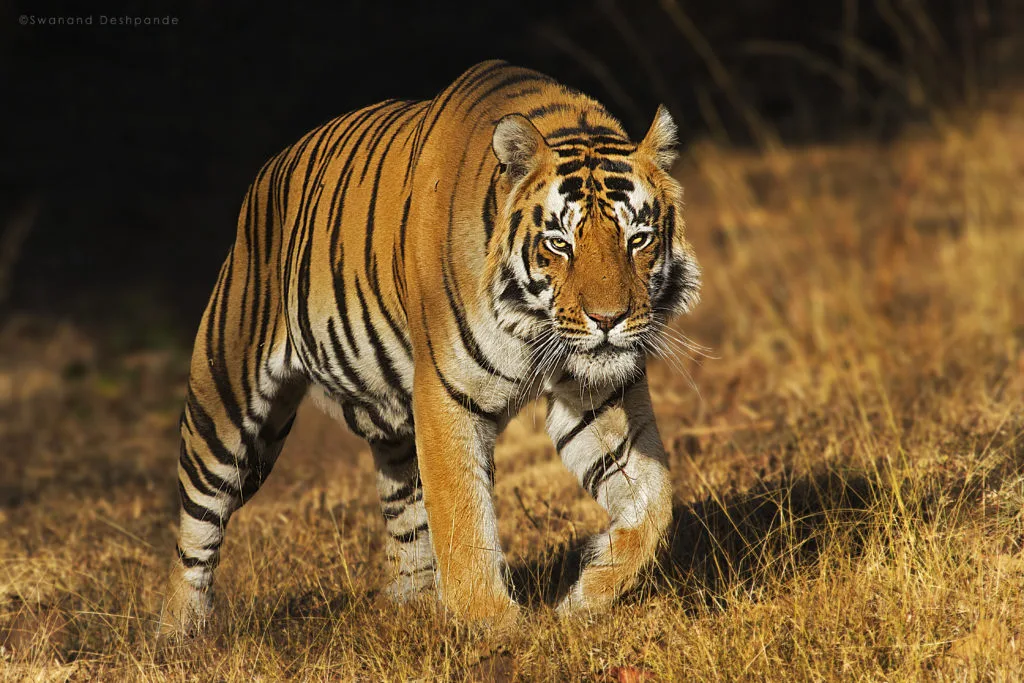
These are a few hand-picked tips that will go a long way in ensuring that you capture some of the most memorable and treasured tiger pictures, from your awe-inspiring tiger safaris. Photographs that you will cherish for a lifetime.
Explore wildlife photography on a Wildlife Photography Tour in India and capture these unforgettable moments with finesse, turning your photographs into lasting memories of your safari adventures.
Want to know more about how to track tigers ? Read more on our blog 6 ways of tracking tigers.
Written by: Ashish Tirkey, Tree House Hideaway, Bandhavgarh
Edited by: Natasha Sinha, Content Curator, Pugdundee Safaris
Visit our the Luxurious Lodges in Different location:
The Best Resort in Kanha National Park, Luxury Resort in Tadoba, Resort in Bandhavgarh National Park, Resort in Pench, Resorts in Satpura, and Panna to watch various fascinating species of the forests frolic in the untamed wild.
Get in touch with our trip curators at Pugdundee Safaris to book your next wildlife holiday.
Our trip curators at Pugdundee Safaris are more than happy to assist you. Phone: +91-011-40132680 Email: [email protected]

